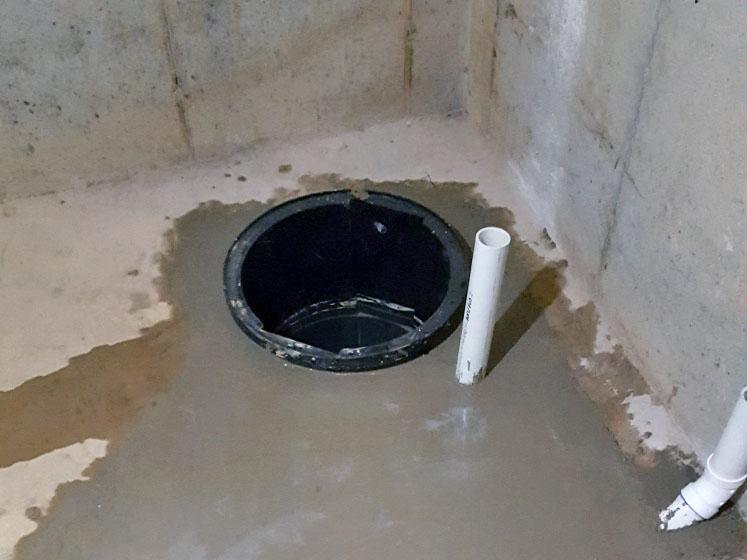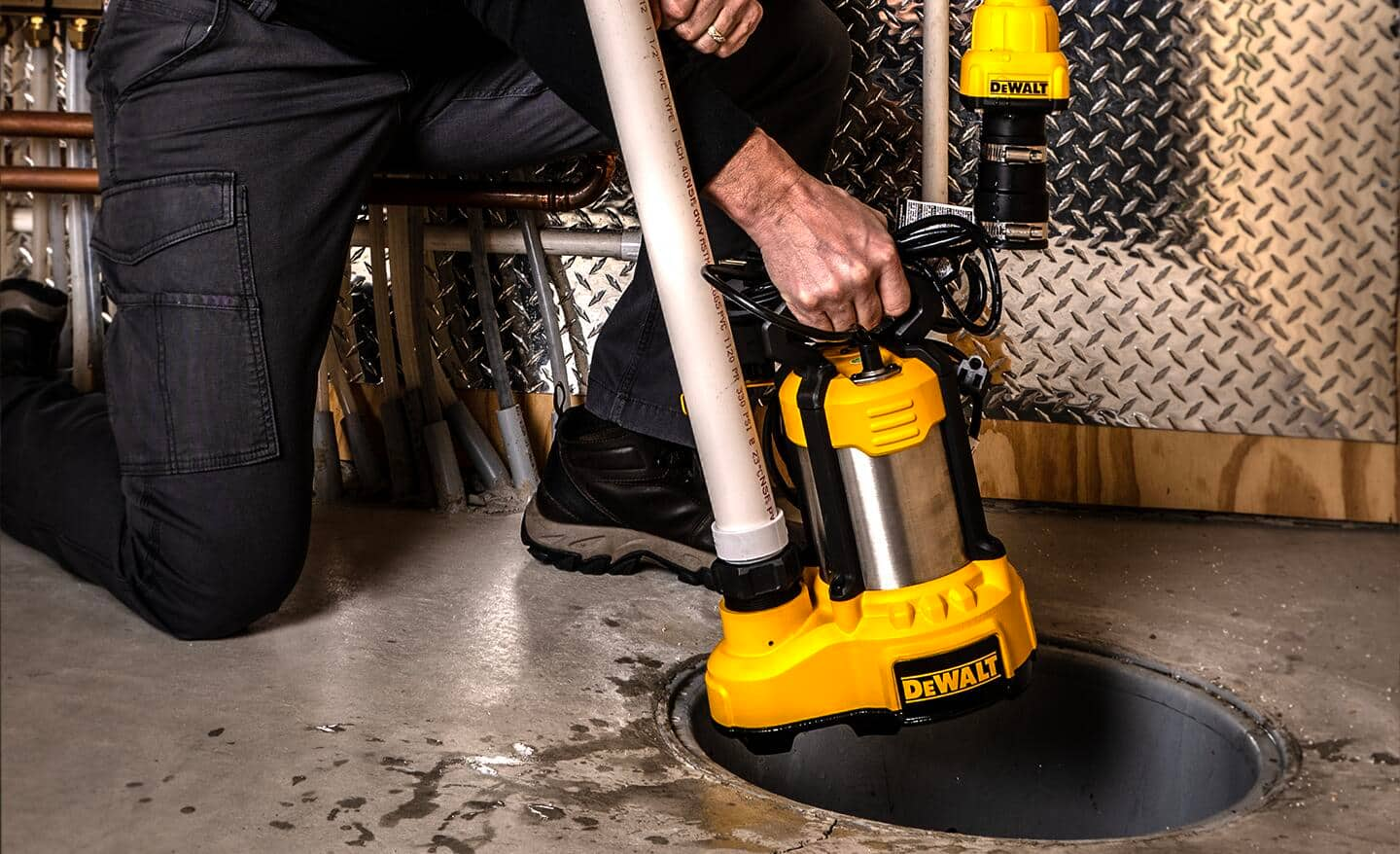Just about every person maintains their own unique conception on the subject of Cleaning & Maintenance Tips for Your Home's Sump Pump.

Sump pumps are important parts in numerous homes, specifically in areas prone to flooding or extreme dampness. They help stop water damages by efficiently eliminating excess water from cellars or crawl spaces. However, like any other home appliance, sump pumps need normal upkeep to ensure they work properly when needed the most. Cleaning your sump pump is a crucial part of its upkeep, and comprehending just how to do it correctly can save you from expensive fixings and potential catastrophes.
Intro
Keeping a tidy sump pump is vital for its proper performance and long life. Neglecting this important task can cause obstructions, breakdowns, and inevitably, water damages to your home. Therefore, finding out how to clean up a sump pump is critical for property owners that rely on these tools to maintain their basements dry and secured.
Indications of a Dirty Sump Pump
Knowing when your sump pump requires cleaning is essential for avoiding potential malfunctions. Some common signs that indicate an unclean sump pump consist of weird sounds throughout procedure, lowered water circulation, and noticeable debris in the pit. If you discover any of these signs and symptoms, it's vital to cleanse your sump pump immediately to stay clear of any kind of additional problems.
Preparing for Cleansing
Prior to you begin cleaning your sump pump, it's essential to take some safety and security preventative measures. Beginning by turning off the power to the pump to prevent any electric mishaps. Additionally, put on ideal protective gear, such as handwear covers and safety glasses, to safeguard yourself from dust, debris, and potential virus.
Comprehending the Sump Pump
Before diving right into the cleaning procedure, it's vital to have a fundamental understanding of how a sump pump functions. Usually installed in a pit or container below the cellar floor, a sump pump contains several key parts, including a pump, a float button, and a discharge pipe. When water gathers in the pit, the float switch turns on the pump, which then pumps the water out via the discharge pipe, far from the structure's structure.
Step-by-step Overview to Cleaning a Sump Pump
Shutting down the Power
Begin by disconnecting the power supply to the sump pump to avoid any mishaps while cleansing.
Checking for Proper Performance
Prior to reinstalling the pump, do a fast test to make certain that the float switch triggers the pump appropriately. Pour some water right into the sump pit and observe the pump's operation. If whatever is operating correctly, you can reconstruct the pump and reconnect the power supply.
Getting Rid Of Debris and Dirt
Make use of a bucket or a scoop to get rid of any visible particles, dust, or sediment from the sump pit. Dispose of the debris appropriately to stop it from clogging the pump or the discharge pipe.
Cleaning up the Pump and Float Switch
When the pit is free from particles, carefully remove the pump from the pit. Check the pump and the float button for any kind of indicators of damage or wear. Utilize a soft brush or towel to cleanse the surfaces and remove any built up gunk.
Purging the System
After cleansing the pump and float button, purge the sump pit with tidy water to remove any staying dirt or sediment. This will assist make sure that the pump runs efficiently and effectively.
Upkeep Tips to Maintain Your Sump Pump Clean
Along with routine cleaning, there are a number of maintenance ideas you can comply with to maintain your sump pump in ideal problem:
- Routine Assessment: Inspect your sump pump frequently for any signs of wear, damages, or obstructions.
- Keeping the Surrounding Area Clean: Ensure that the location around the sump pit is devoid of particles, dust, and blockages.
- Examining the Pump Occasionally: Examine your sump pump occasionally by putting water into the pit and observing its operation. This will aid you recognize any kind of prospective problems before they escalate.
Conclusion
Cleansing your sump pump is a crucial facet of its upkeep and guarantees that it operates effectively when you require it the most. By following the actions laid out in this overview and incorporating regular maintenance right into your regimen, you can extend the life-span of your sump pump and shield your home from water damages.
How To Clean a Sump Pump
Prepare The Materials
- Plastic sheet or tarp
- Garden hose
- Scraping tool (putty knife or plastic scraper)
- Large bucket
- Wet/dry vacuum
Remove the Sump Pump from the Power Supply
Unplug the sump pump from the power outlet or turn off the circuit breaker. Don’t skip this step, as it is crucial for your safety.
Cut Off Any Water Source
Lock all systems that drain into the sump pit, and inform everyone not to use them. Doing this step will prevent water from flowing into the pit while you’re cleaning.
Wrap the Bottom of the Pump
Place the pump in an area where you can clean it from all sides. Wrap the bottom portion of the sump pump with plastic tarp/sheeting for easier cleanup.
Clean the Pump
Sprinkle water onto the pump using a garden hose to loosen the debris. Ensure to spray all sides and openings. Remove any hard-stuck gunk with a scraping tool.
Rinse the Pump
Splash water again onto the pump using the garden hose. Doing so will flush down any remaining debris and gunk.
Drain the Check Valve
The check valve is a component of the sump pump that helps drain water and prevents it from flowing back. Open the valve and ensure to catch the drained liquid with a bucket.
Remove Excess Water With a Wet/Dry Vacuum
Use a shop vac to remove all the remaining water in the pump. Besides your device, the wet/dry vacuum can also help clear spills in the area where you cleaned the device.

As a keen reader on How To Effectively Clean A Sump Pump, I thought sharing that excerpt was a great idea. Enjoyed reading our blog posting? Please share it. Let another person discover it. Many thanks for taking the time to read it.
This Website
Comments on “Easy Methods to Clean a Sump Pump”